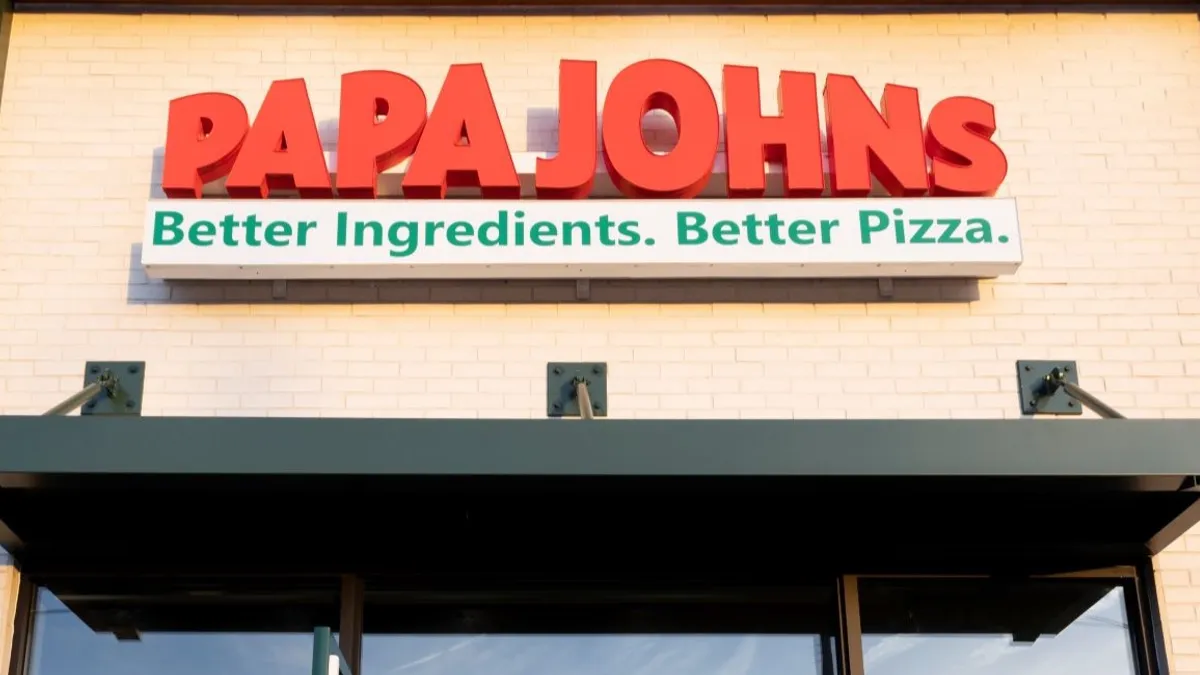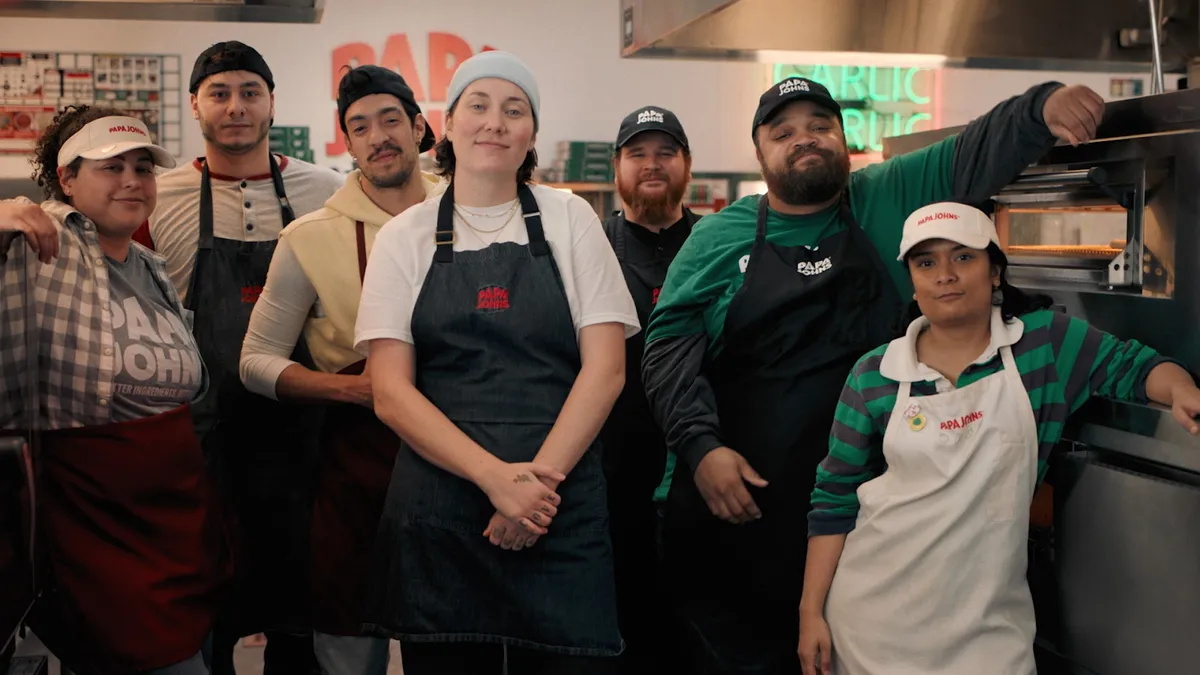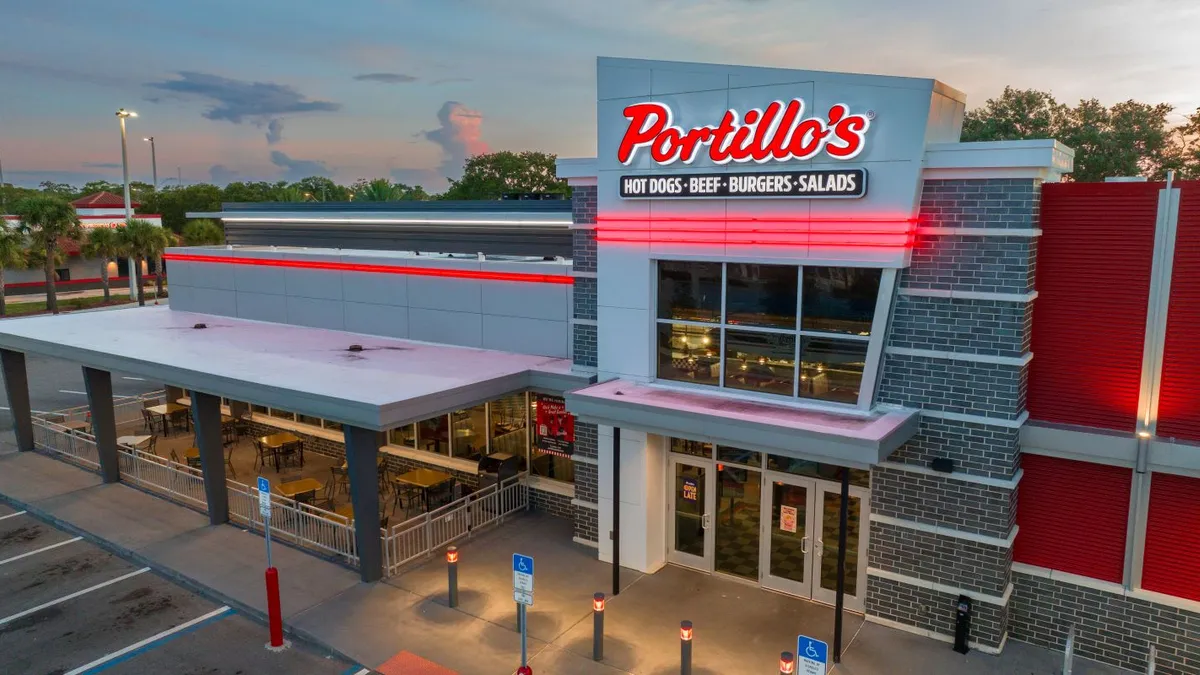Papa Johns is growing its marketing spend and accelerating development in North America in a bid to boost comparable sales and average unit volumes in the long term. These strategies are part of the second phase of its Back to Better initiative, which management experts to help improve restaurant-level margins.
“In 2023, our corporate and franchise teams delivered their fourth consecutive year of positive North America comparable sales, sustaining the sales growth that we experienced throughout the pandemic,” CEO Rob Lynch said in a statement.
The company reported a preliminary 1% increase in North American comparable sales for 2023, in addition to a 5% increase in global systemwide sales. The company opened 210 net new units last year, including 57 in North America.
“We have made foundational improvements in our restaurant operations, digital solutions and marketing platforms as part of our efforts to evolve our business model for the next chapter of growth,” Lynch said.
During the first phase of Back to Better, the company focused on improving operations, Lynch said Tuesday during the ICR Conference. At company-owned restaurants, out-the-door times improved from 28 minutes a year ago to 19 minutes.
“When you know that you’re running great operations, you can pour fuel on the fire and know that you’re going to get the return on investment,” Lynch said. “Back to Better 2.0 … is about driving comps, which drives profitability, and driving development, which also drives profitability for our system.”
The second phase of this initiative is a “three-legged stool” that includes changes to its marketing investment, development strategy and supply chain model, Lynch said.
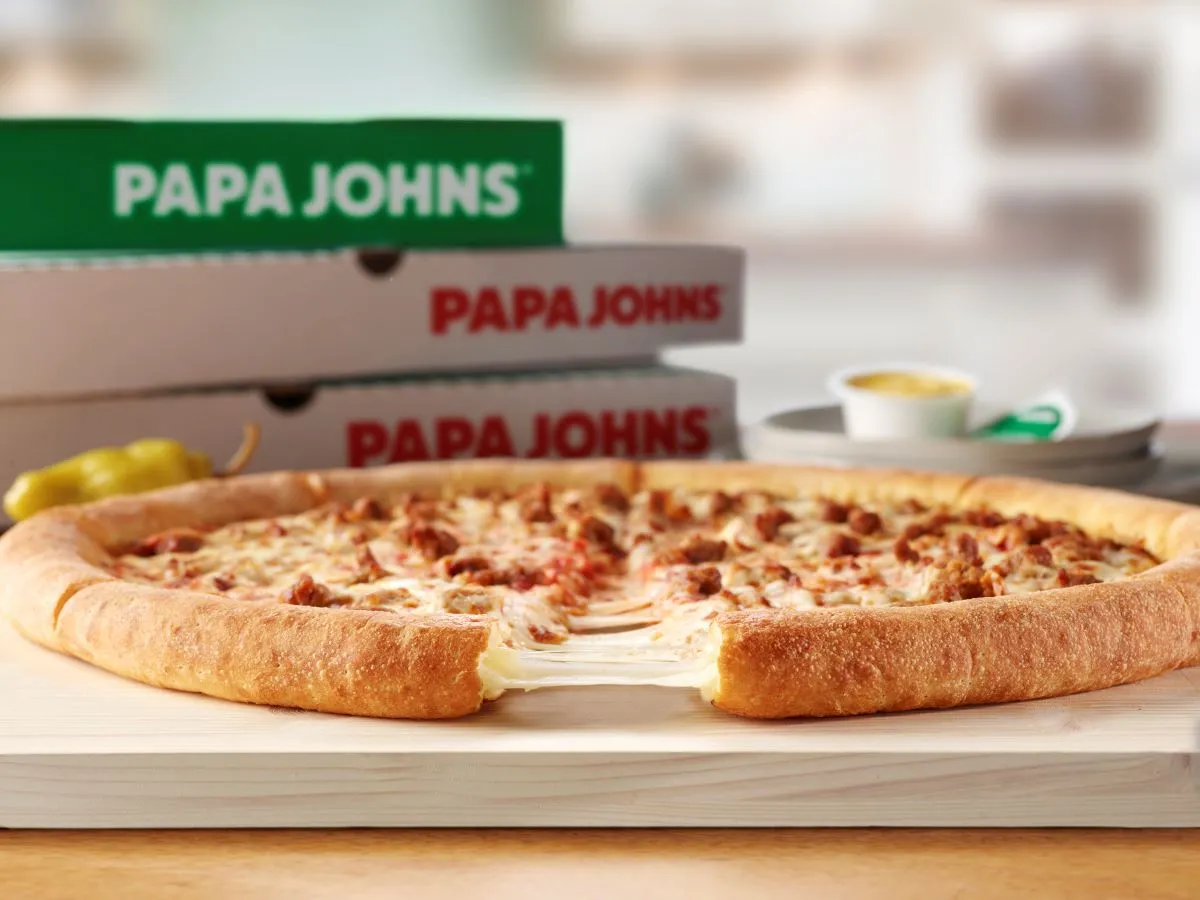
Creating more nationwide marketing buzz
Papa Johns will activate a new marketing strategy this year, which includes a $20 million investment, Lynch said. In 2023, the company completed a review of its creative and media strategy. It found ways to improve audience selection, create differentiated category solutions, improve return on ad spend and maintain loyalty while creating brand awareness.
Franchisees also agreed to increase the contribution rate to the national marketing fund by 20%. Many national brands have moved away from a co-op model because using a national platform allows chains to buy marketing at scale, get better rates and access better programming, Lynch said.
Local ad spend is now optional for franchisees, which Papa Johns said will result in a decrease in total required marketing spend and help improve overall profitability.
“The one thing that always stood out to me that impacted our ability to deliver best-in-class restaurant margins was the marketing expenditure,” Lynch said. “We had for the last about 10 years an 8% required marketing spend … that’s about as high as it gets. That makeup of marketing was 5% national and 3% local.”
With its new strategy, total marketing spend falls from 8% to 6%, allowing franchisees to pick up 200 basis points of margin at the restaurant level, he said.
“We’re always looking to make our franchisees profitable,” Lynch said. “When franchisees are making money, they want to build more restaurants, and that’s the biggest indicator of a brand’s health.”
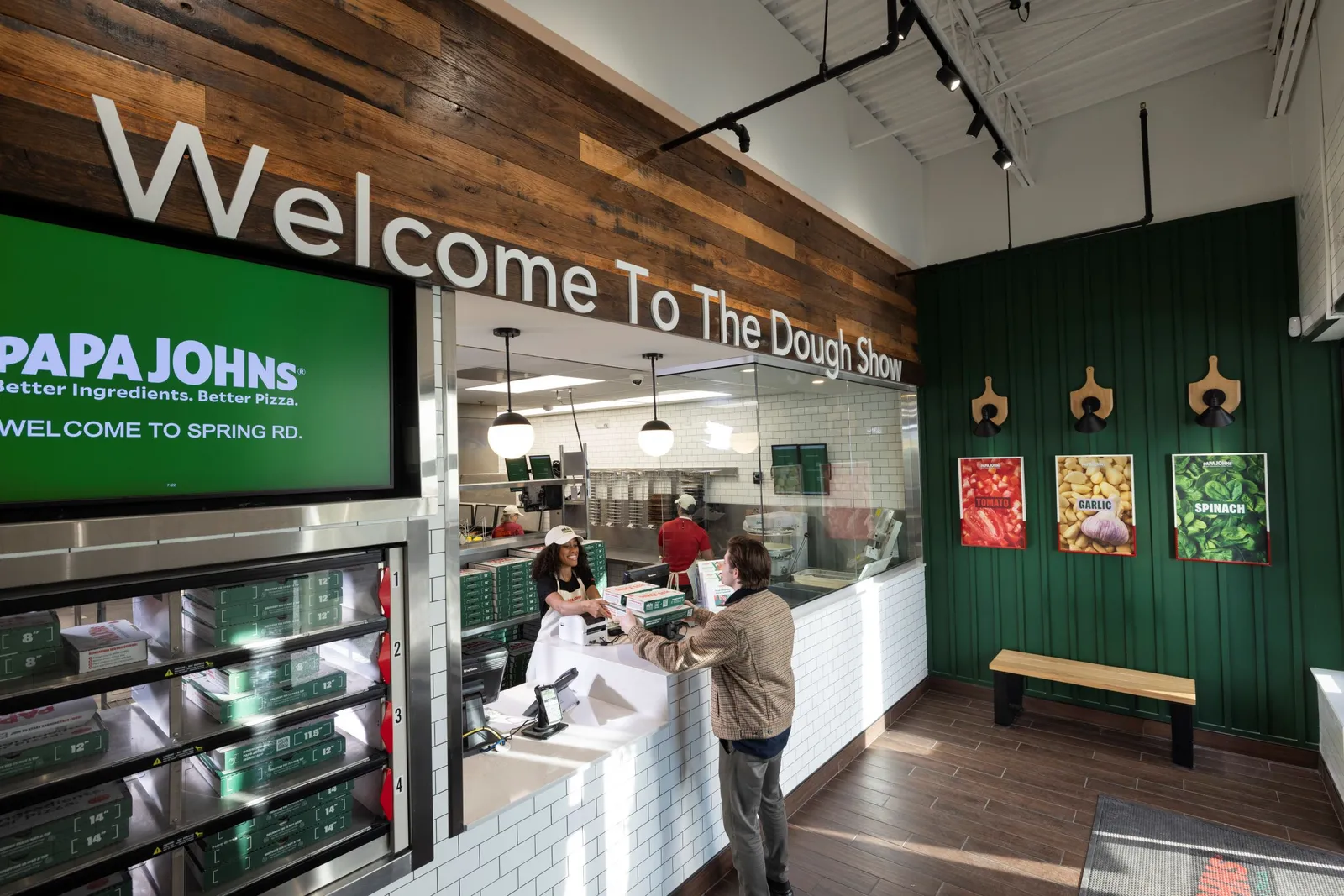
Accelerating growth with development incentives
To encourage more development, Papa Johns identified underserved and untapped markets in North America and created a development incentive to provide higher restaurant-level EBITDA margins during the first five years of operation. Franchisees that build new restaurants this year can waive their national marketing fund contributions. Lynch called this the “largest development incentive in the brand’s history.”
Typically, when brands provide incentives, they are royalty-based or related to some other P&L expenditure. They tend to cost the franchisor, Lynch said. By contrast, Papa Johns’ incentive is marketing-based and won’t raise costs for the chain since it already has $20 million set aside for marketing. On average, new restaurants contribute about $2 million to $4 million in incremental marketing.
“The marketing fund will continue to grow so we have confidence that those restaurants that are built this year will not have a negative impact on the marketing funds,” Lynch said.
The improved productivity and scale of its marketing investments made this incentive possible, Lynch said.
“This new incentive will significantly improve cash-on-cash paybacks for franchisees, add scale in key markets and attract growth-driven franchisees,” the company said in the press release.
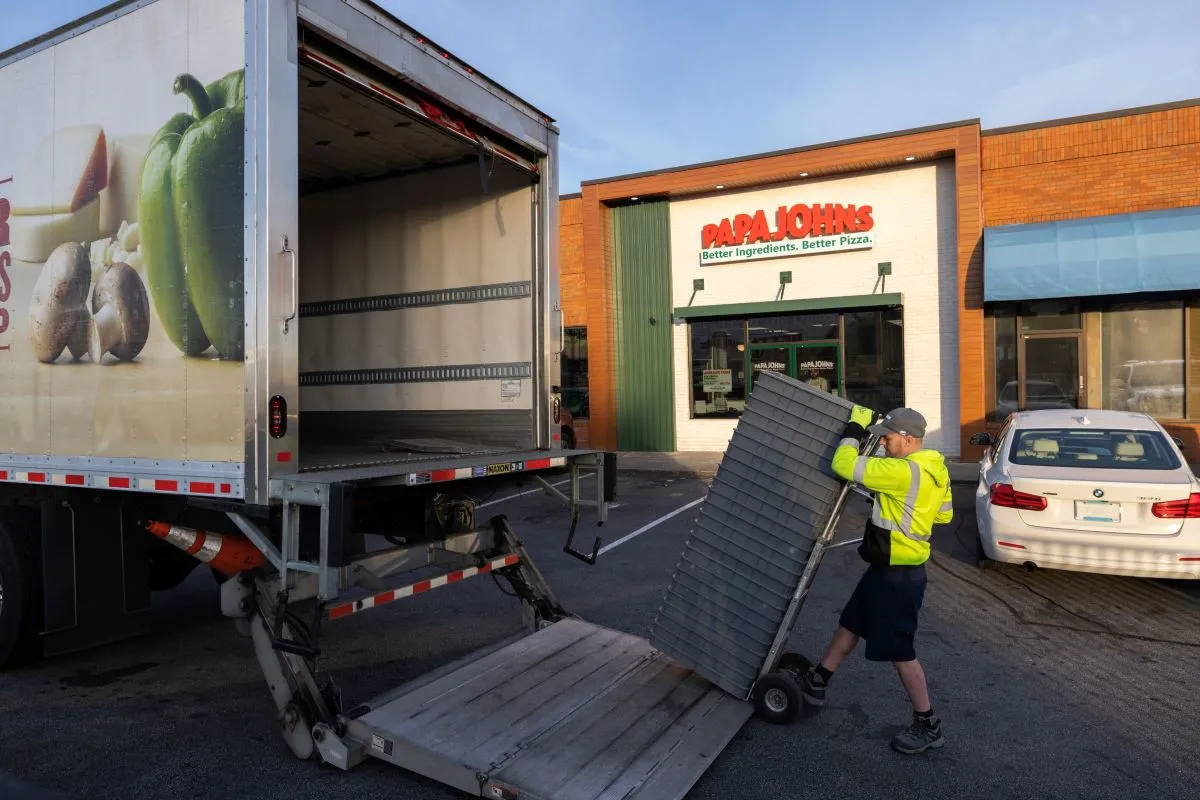
Updating its U.S. commissary business
The chain will increase its fixed operating margin that its commissaries charge in the U.S. by 100 basis points for the next four years, eventually moving from 4% to 8% in 2027, the company said. This shift will allow for more profitable growth and overall supply chain productivity that will create additional cost savings and incremental profits for the entire system, Papa Johns said.
While this change will create 100 basis points of cost at the restaurant level, Papa Johns has employed several initiatives to help mitigate this cost. Franchisees will be able to earn incentive-based rebates when they increase volume and open more restaurants.
“Franchisees who increase case-volume purchases at the highest volume growth could realize target market rates lower than the current 4% rate in place today,” the company said. “Secondly, the incremental volume driven by increased marketing and additional development will reduce the shared supply chain costs across the system.”
The chain will also focus on improving productivity within its supply chain through better operations and supplier relationships. Management said during ICR they expect comps will likely range from 2% to 4% for North America this year.
Supply chain improvements, as well as Papa Johns’ development and marketing plans, have already instilled optimism in the chain’s management team.
“We’re really excited about the Back to Better 2.0,” Papa Johns CFO Ravi Chanawala said during ICR. “We see it as a clear opportunity to drive systemwide sales, continue to drive restaurant profitability and continue to capture the whitespace in North America.”
Lynch said during the four years he has served as CEO, this is the most optimistic he has been about the chain’s future.
“I’ve never been more bullish, even when we were up 17% in 2020. I wasn’t as bullish [then] as I am about our North America today,” he said. “And we’re going to continue to double down on that in 2024.



